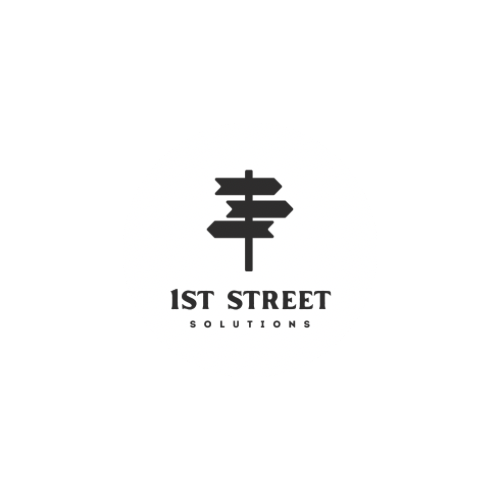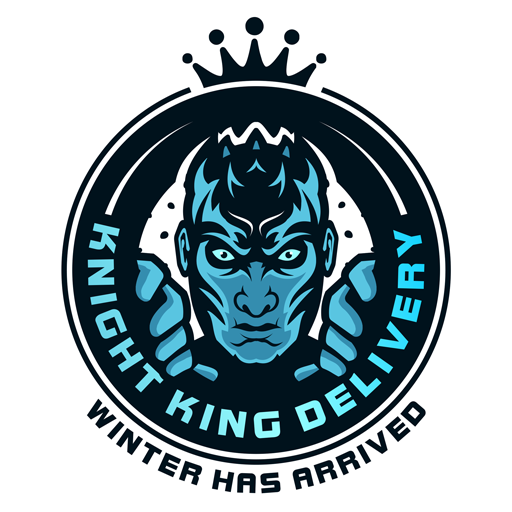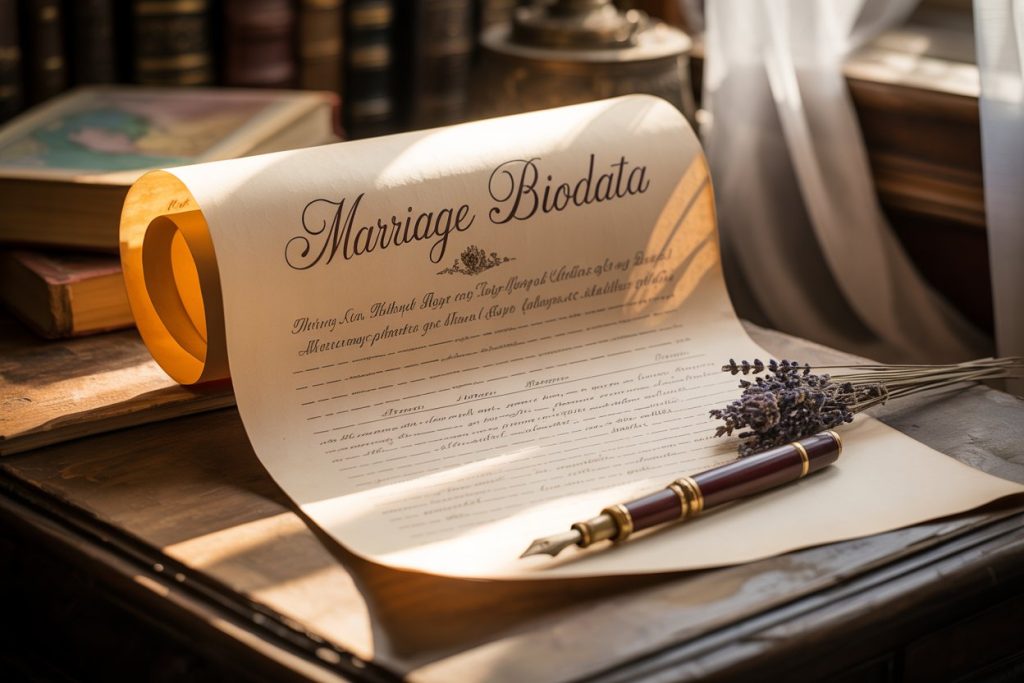In Indian matrimonial culture, first impressions often begin with a sheet of paper — the marriage biodata. Whether arranged traditionally by family or initiated on modern platforms, a well-crafted biodata acts as your introduction to potential matches. In this guide, we’ll walk you through the process of creating an Indian bio data for marriage that’s simple, informative, and effective.
This article offers a structured breakdown of what goes into a perfect biodata and how to balance personal identity with cultural expectations — all while keeping things neat, respectful, and dignified.
What Is a Bio Data for Marriage?
A marriage biodata is a document summarizing essential personal, familial, educational, and professional details with the purpose of finding a life partner. While it resembles a resume in structure, its content is more personal and culturally specific.
Traditionally, marriage biodata was a printed document exchanged through family networks or matchmakers. Today, it’s equally common to create and share marriage bio data online, especially via matrimonial portals like Shaadi.com, Jeevansathi, and Bharat Matrimony.
Why Simplicity Matters
A simple biodata for marriage ensures clarity and makes it easy for families and prospects to review key facts. When the document is cluttered or overloaded with unnecessary information, it may deter interest or create confusion.
The goal is to highlight your strengths and background without overwhelming the reader. A straightforward format allows your personality and values to shine through.
Essential Sections in a Simple Marriage Biodata
Below is a detailed breakdown of the sections to include. These can be tailored depending on personal preferences or community customs, but the core format remains widely accepted across Indian cultures.
1. Basic Personal Details
- Full Name
- Date of Birth (with Age)
- Height and Weight
- Gender
- Religion and Caste (if applicable)
- Mother Tongue
- Nationality
- Marital Status (e.g., never married, divorced)
- Current Address and Permanent Address
This section introduces you clearly. Keep the tone neutral, professional, and accurate.
2. Contact Information
Include:
- Mobile Number
- WhatsApp Number (optional)
- Email ID
Ensure these are up to date. If you’re submitting the biodata through your family or an intermediary, include their contact details instead.
3. Educational Background
- Highest Qualification
- School/College Names
- Graduation Year
- Any Certifications or Additional Skills
Education is a key filter for many families. Listing relevant degrees along with institutions provides insight into your academic journey.
4. Professional Information
- Current Job Title
- Company Name
- Location of Employment
- Salary (optional)
- Past Experience (if noteworthy)
This section helps assess career stability and lifestyle. If you’re self-employed, include your profession and business type.
5. Family Details
Providing family background offers a glimpse into your upbringing and values. Include:
- Father’s Name & Occupation
- Mother’s Name & Occupation
- Siblings (with brief details)
- Family Type (joint/nuclear)
- Native Place
Families often assess compatibility based on cultural and social background, making this section essential.
6. Lifestyle & Interests
To show your personality, consider including:
- Hobbies and Interests
- Languages Known
- Food Preferences (e.g., vegetarian/non-vegetarian)
- Habits (e.g., smoking, drinking — if applicable)
Keep this section positive and concise. It offers a chance to connect beyond the stats.
7. Partner Preferences
Briefly mention what you’re looking for in a life partner. Be realistic, respectful, and clear:
- Preferred Age Range
- Education and Profession
- Religion/Caste Preferences (if any)
- Location Preferences
This section can help filter responses and avoid mismatches early in the process.
Design Tips for a Clean Look
A good-looking biodata is easy to read and well-formatted. Here are a few tips to enhance its presentation:
- Use a single-page or maximum two-page layout
- Stick to one clean, professional font like Arial or Calibri
- Use bullet points for clarity
- Maintain consistent spacing
- Include a recent passport-size photograph (optional but recommended)
If you prefer a digital method, several tools now allow you to build your marriage bio data online with ready-to-use templates that are professional and customizable.
Mistakes to Avoid in a Shadi Biodata
Creating a shadi biodata is a sensitive process. While honesty is important, so is tact. Avoid these common mistakes:
- Exaggerating information – Stay truthful about your education, salary, or lifestyle.
- Using casual language – Treat the document with respect.
- Cluttering the format – Leave out unnecessary details.
- Forgetting to update contact info – Double-check it’s current.
- Skipping the photograph – In most Indian cultures, a photo is expected.
Modern vs Traditional Formats
Today’s biodata creation process ranges from handwritten documents to polished PDFs. While traditional households may still prefer a shadi biodata format that’s plain and culturally rooted, younger generations lean toward digital presentations.
No matter which path you choose, the focus should always remain on clarity, sincerity, and relevance.
Sample Structure (Simple Biodata for Marriage)
Here’s a quick example layout:
Name: Priya Sharma
DOB: 10th June 1995 (Age: 30)
Height/Weight: 5’4” / 58 kg
Religion/Caste: Hindu Brahmin
Profession: Software Engineer at Infosys, Bangalore
Education: B.Tech (CSE), Delhi University
Family: Father – Govt. Employee, Mother – Homemaker, One younger brother
Hobbies: Reading, Cooking, Yoga
Partner Preference: Engineer or Doctor, Age 30–34, Based in Metro cities
This is a clean, direct example of a bio data for marriage simple enough to be shared with families or matrimonial sites.
Going Digital with Your Biodata
Many platforms now offer tools where you can design, edit, and share your marriage biodata digitally. These services often include templates, design options, and privacy settings, making it easier to manage proposals.
Digital biodatas also make it simple to update any changes or corrections, unlike printed versions which must be manually distributed again.
Final Thoughts
Crafting a marriage biodata may seem daunting, but with the right format and thoughtful content, it becomes an empowering exercise in self-presentation. This one document serves as a first handshake in the journey of finding a life partner — and deserves both care and clarity.
Remember, your marriage biodata details speak on your behalf before you meet. Whether it’s a simple biodata for marriage shared with relatives or a shadi biodata format uploaded online, the goal is always to represent yourself with authenticity, simplicity, and pride.









